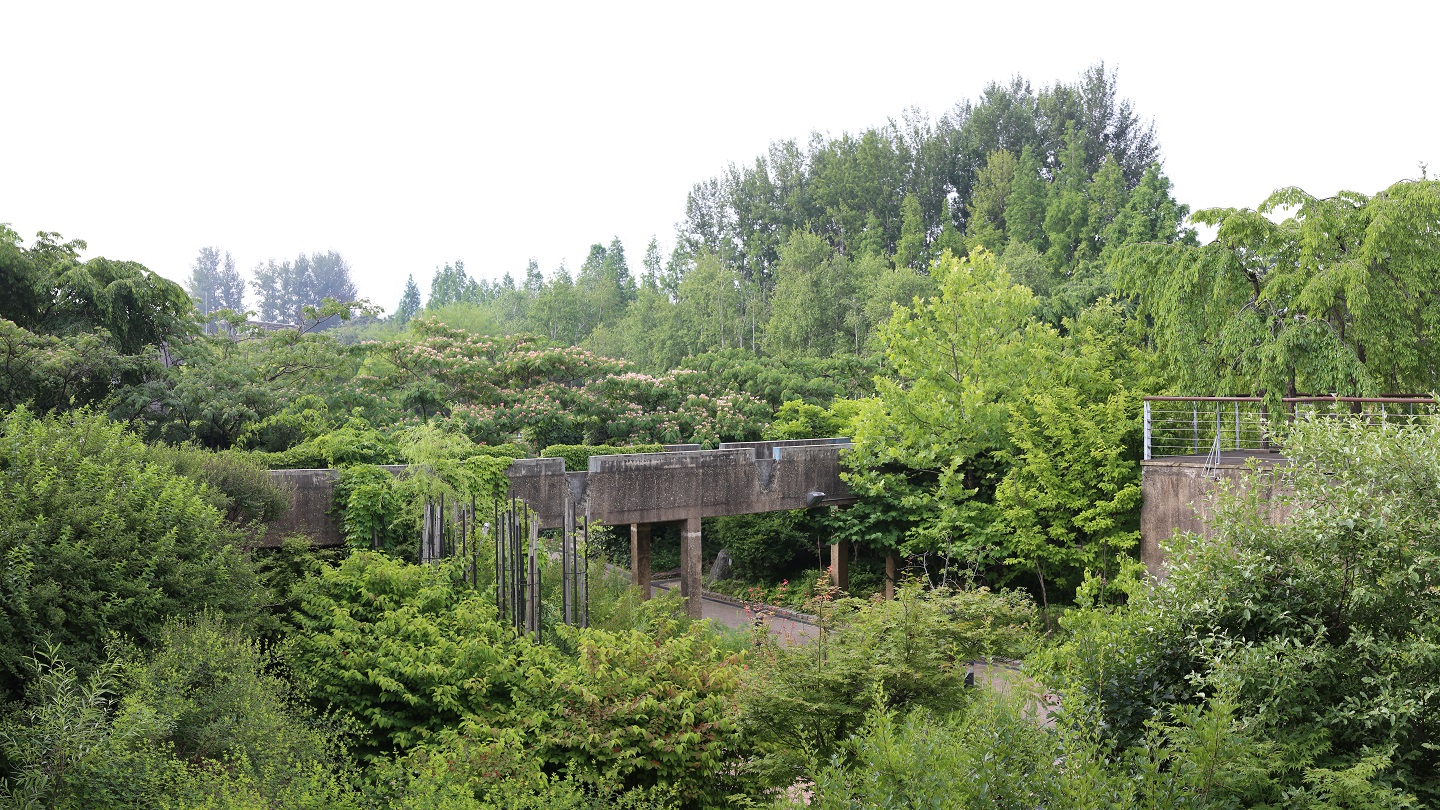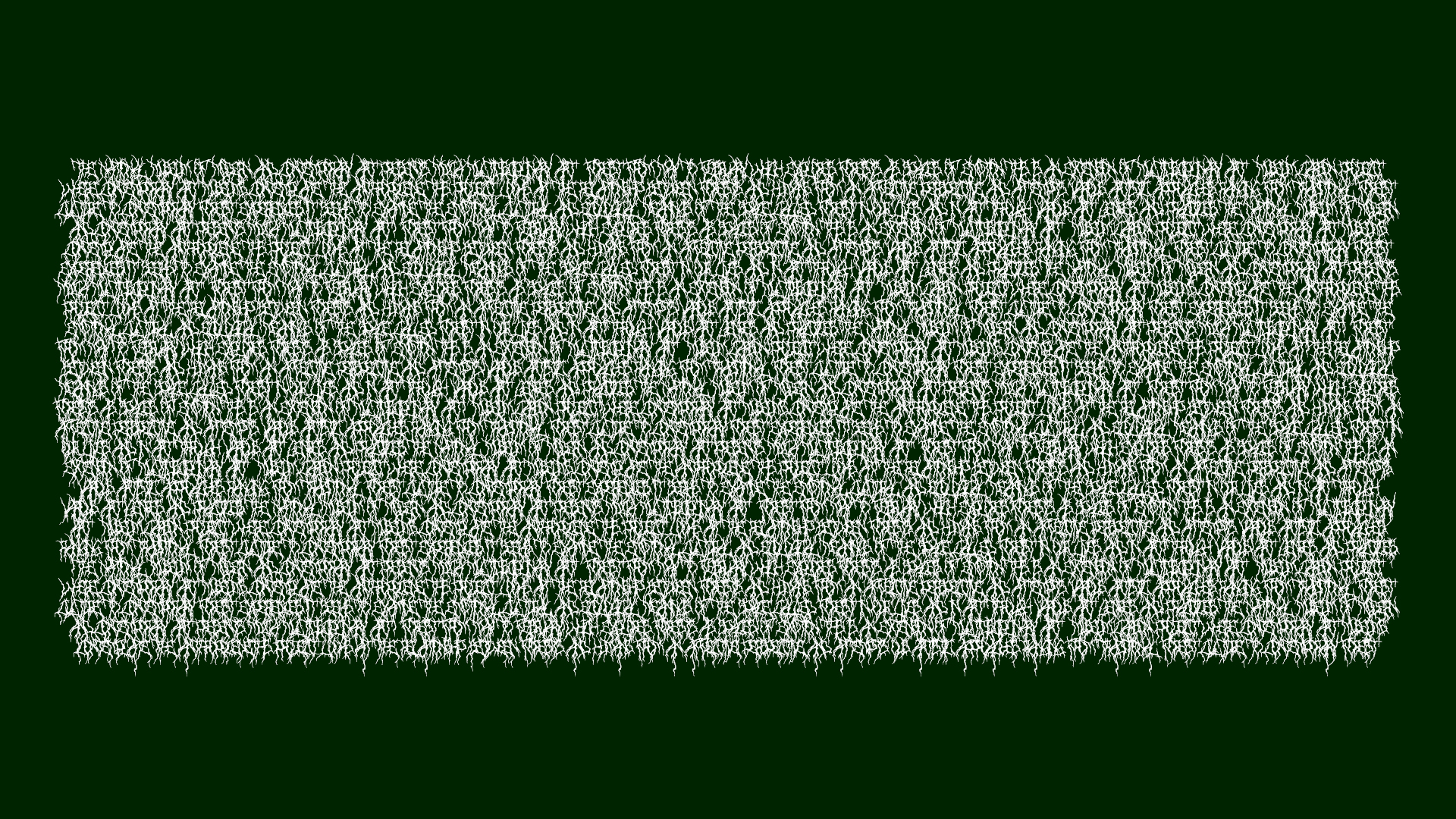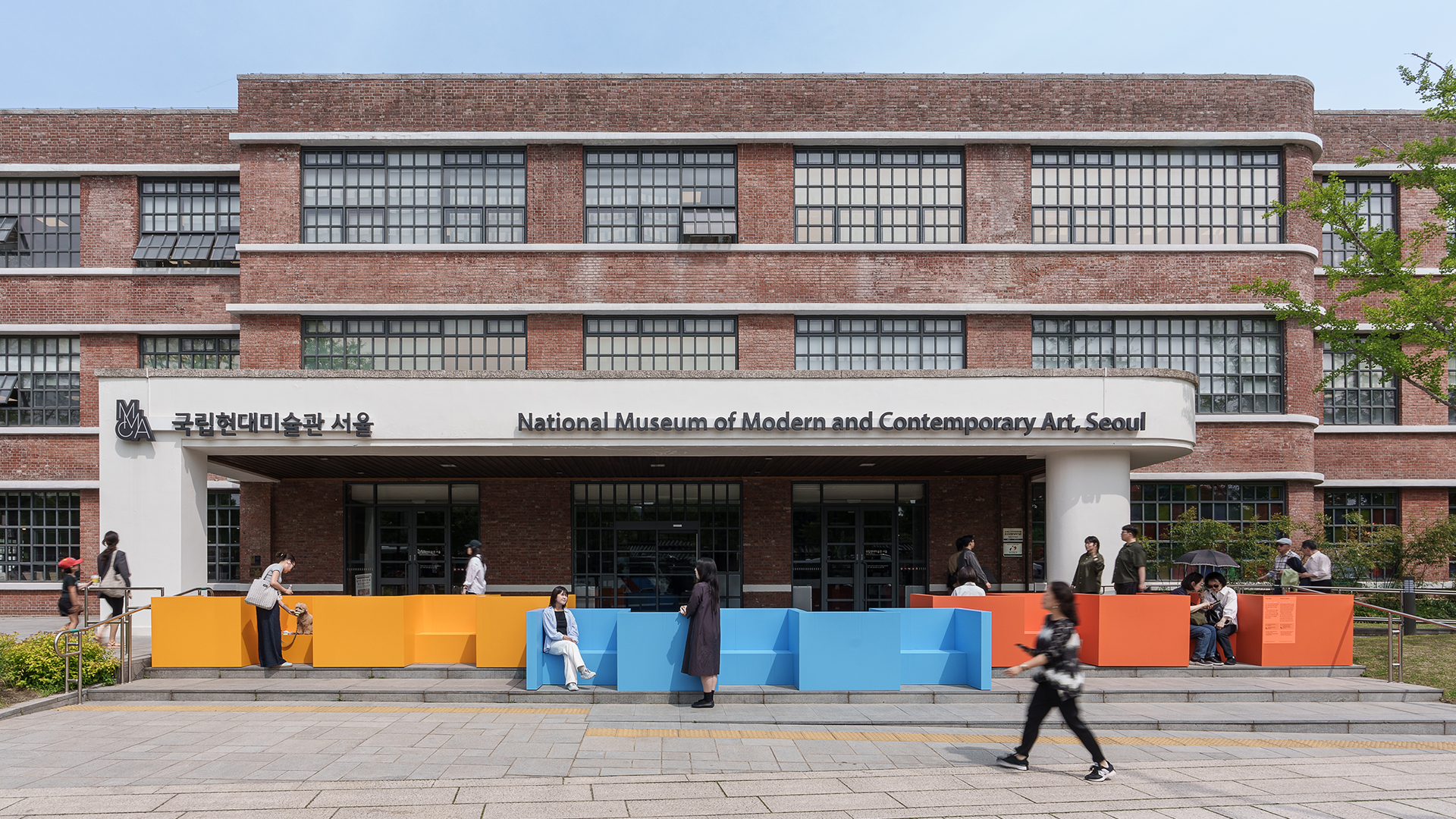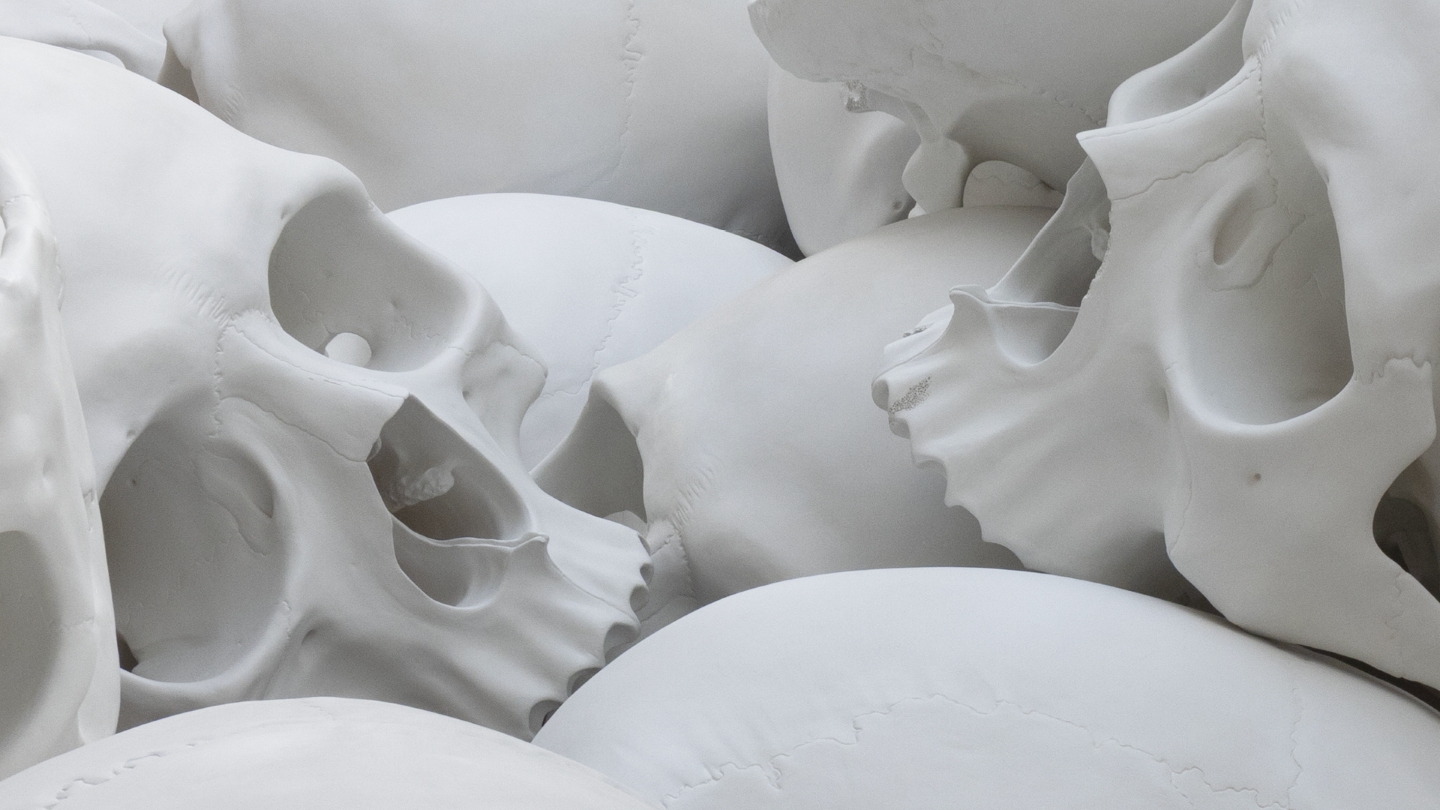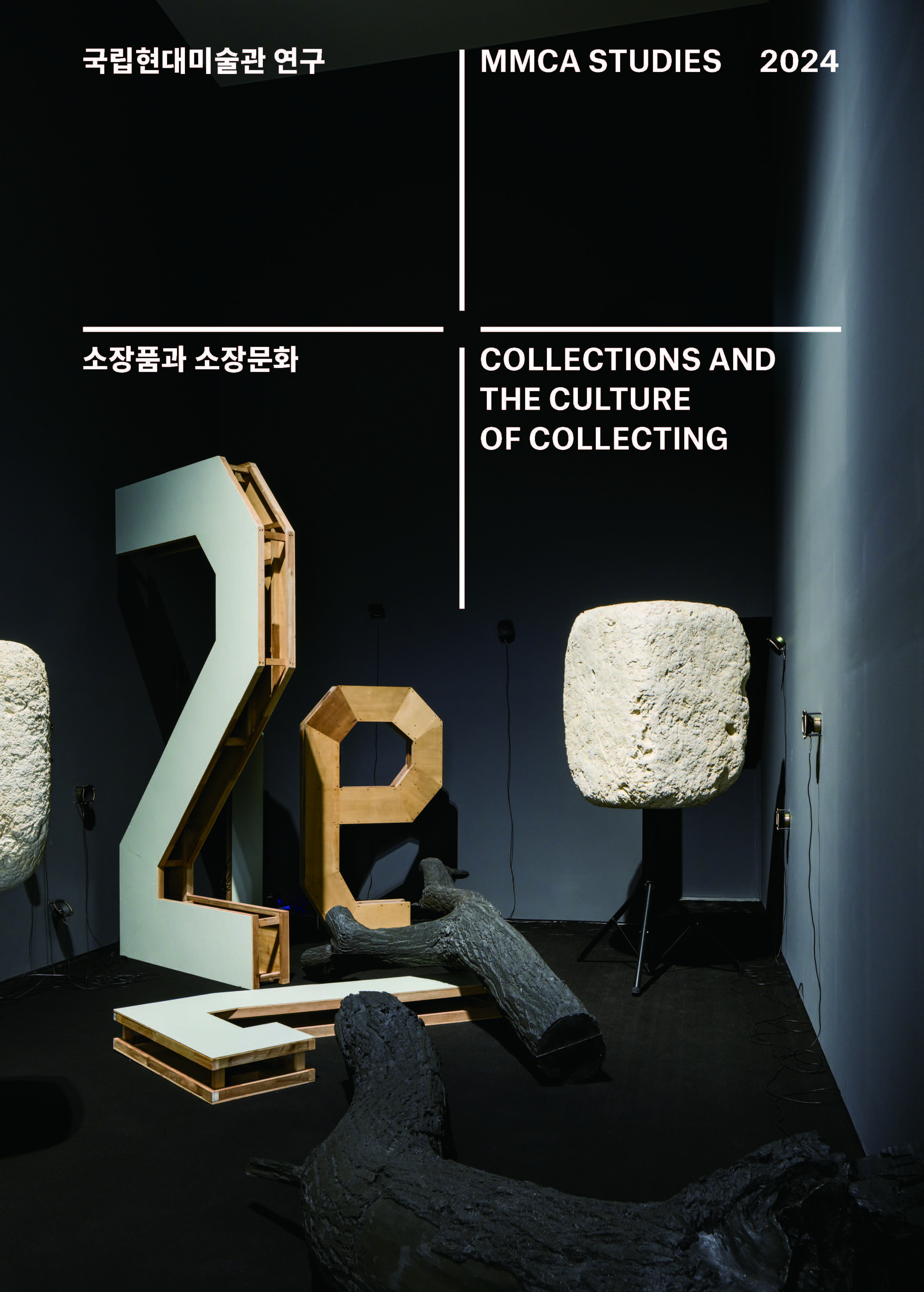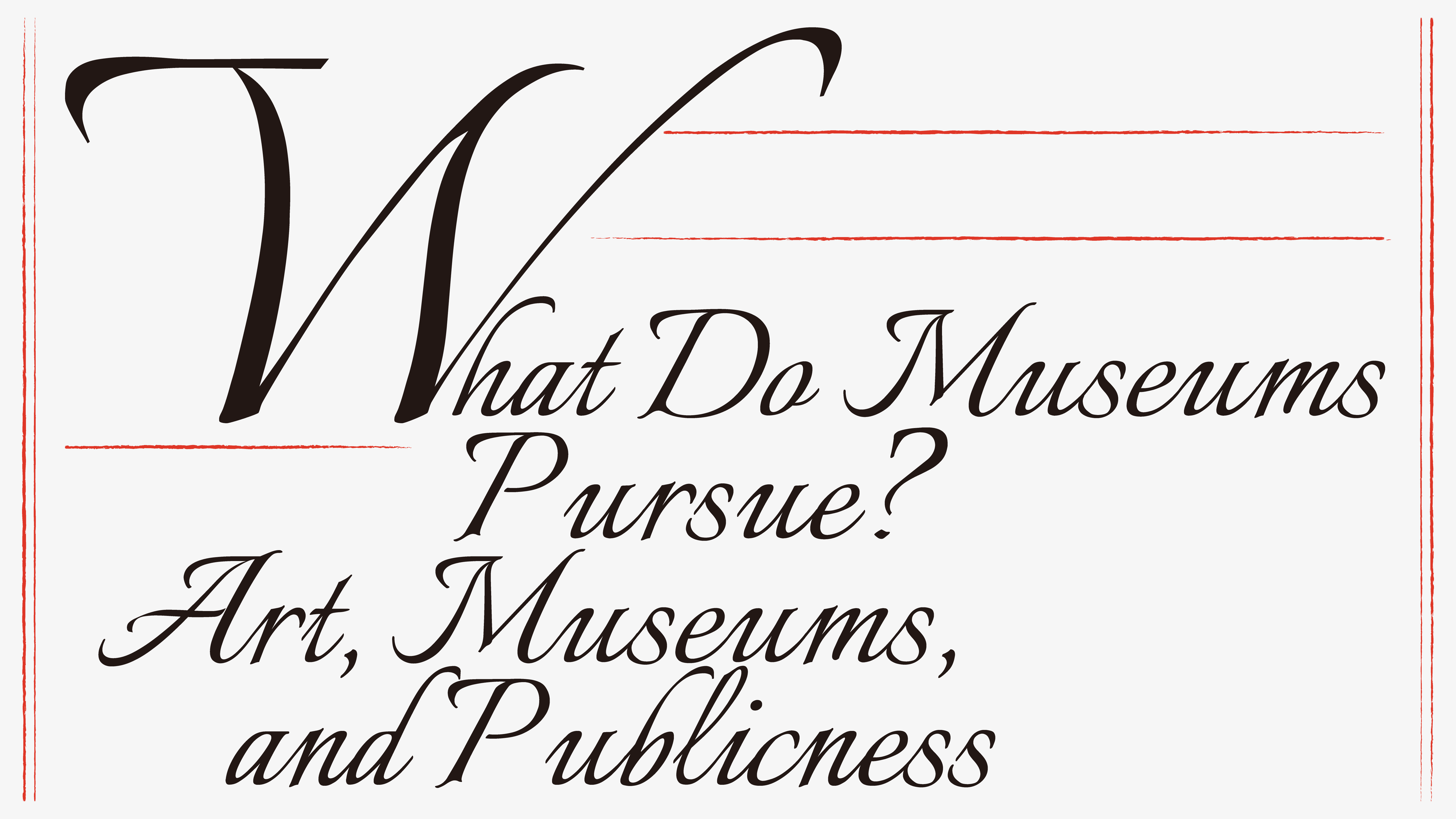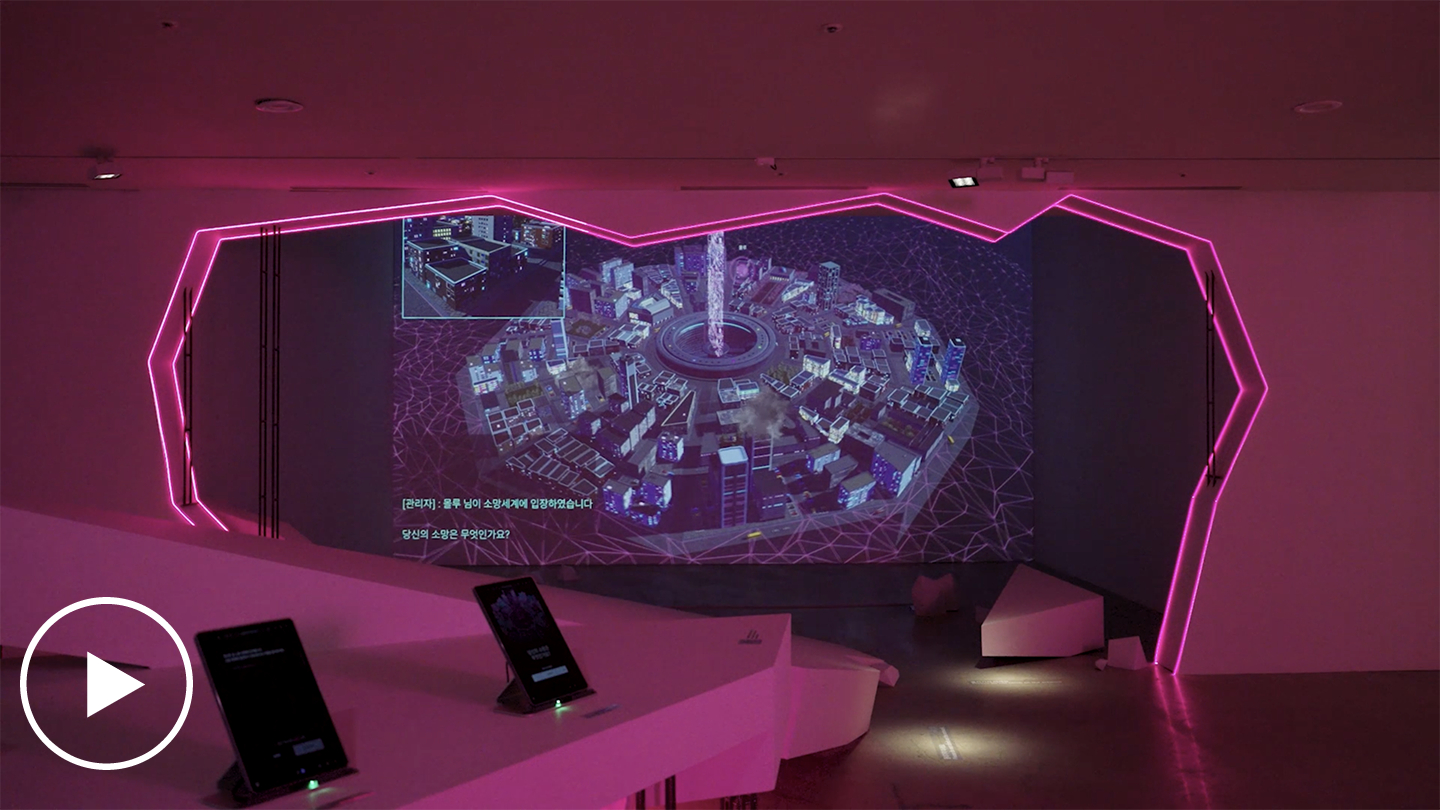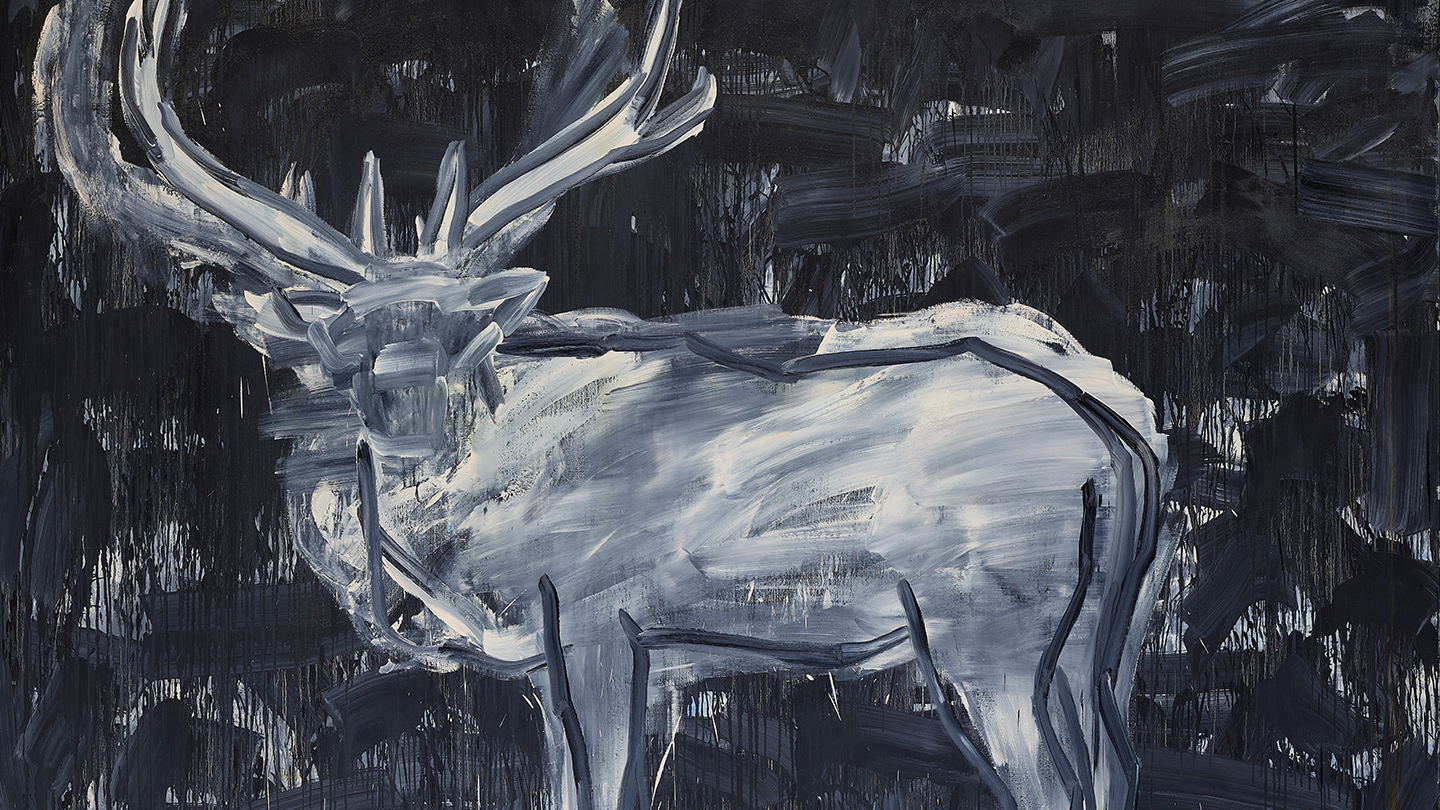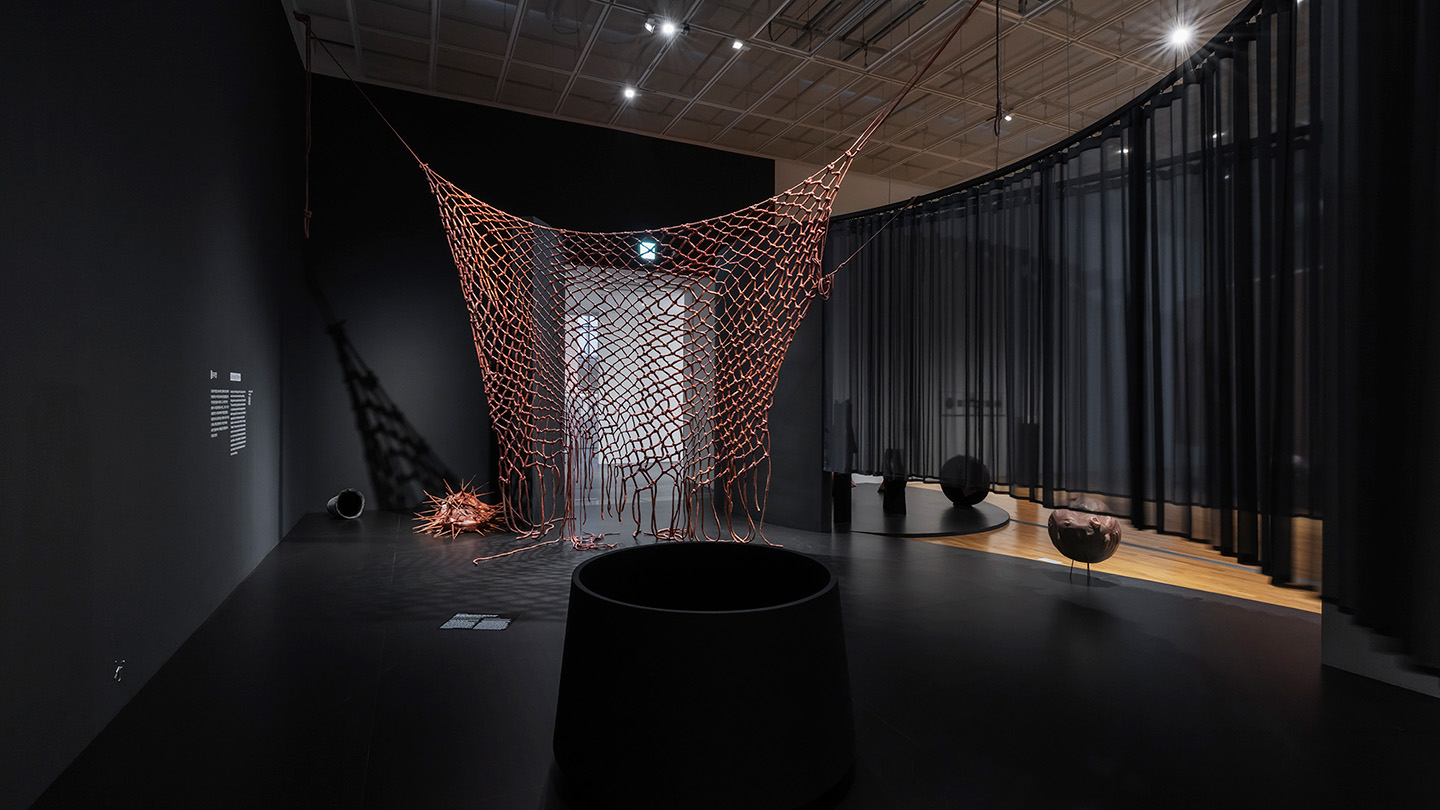For All That Breathes On Earth
April 5–September 22, 2024
30 Samcheong-ro, Jongno-gu
03062 Seoul
South Korea
Hours: Monday–Tuesday, Thursday–Friday and Sunday 10am–6pm
Wednesday and Saturday 10am–9pm
Jung Youngsun: For All That Breathes On Earth retraces the life and work of Korea’s first-generation landscape architect Jung Youngsun (b. 1941), spanning a half-century of her dedicated practice. The exhibition brings together more than five hundred archival materials—pastel, pencil, watercolor drawings, blueprints, design schemes, models, photographs, and videos—from the landscape architect’s sixty large and small projects, most of which are on display for the first time. They reveal the contexts, concerns, and artistic undertakings behind the design of natural environments in urban spaces, returning these considerations and philosophies, beyond the discipline of landscape architecture, to the story of all of us who pursue a life in harmony with nature.
The title of the exhibition, For All That Breathes On Earth, was inspired by a poem by Shin Kyeong-nim, one of the favorite poets of Jung Youngsun. For Jung, landscape architecture is a comprehensive scientific art that deals with all living things—from microorganisms to the universe—as material. Like the “true-view” landscape paintings of Gyeomjae Jeong Seon, who sought to depict the beautiful scenery of the mountains and rivers of the Korean peninsula (samcheonli geumsugangsan) as it is, Jung Youngsun has been listening to the story of our land and working to preserve the biodiversity of indigenous species throughout her fifty-year career as a landscape architect.
The exhibition reconstructs Jung’s oeuvre according to the subject matter and nature of the works, which includes state-led public projects, gardens, and resorts commissioned by private companies, arboretums and botanical gardens that study and preserve plants, and monumental landscapes as methodologies for writing history. This approach, which eschews chronological and/or linear narrative, is in keeping with Korea’s modern history, which is characterized by simultaneous processes of economic development and democratization. At the same time, it also shows how countless different types of works are all grounded within what Jung has emphasized as “the context of earth’s history.”
The exhibition is divided into seven “groups.” Like Jung’s landscape architecture, the employment of minimal divisions with loose boundaries allows the viewer to discover the context of each project on their own from where they happen to stand. As if walking through a naturalistic garden, the exhibition design intends to stimulate chance encounters and embrace themes that are mutual and inclusive.
The first group, “Paradigm Shift Through Sustainable Storytelling,” examines cases of landscape architecture that have become sites of “place making.” The second group, “Modern Landscape in the Era of Globalization,” covers projects mobilized to create the impression of a highly developed urban landscape for visitors to South Korea from all over the world, including the hosting of major international events. The third group, “Nature, Art, and Leisurely Life,” introduces places for family leisure activities that have come into demand due to lifestyle changes accompanying economic growth. The fourth group, “Reinventing Korean Gardens,” looks into gardens that have actively adopted the unique methods of planting, landscaping, and organizing space, long enjoyed by Korean ancestors. The fifth group, “Dialogue Between Landscape and Architecture,” examines works of landscape architecture created through organic collaboration with architecture. The sixth group, “Regenerating the Biosphere Along the Han River,” deals with works that protect naturally occurring wetlands where rivers flow, and raise awareness of the importance of water in urban areas. Finally, the seventh group, “Plants and Soil, Our Nutrients,” highlights arboretums and botanical gardens that collect, study, and teach about diverse plant life, and places for meditation and contemplation that emphasize the healing properties of nature.
The exhibition will accompany new gardens commissioned for the MMCA Seoul, recreating the beauty of the stone mountain, Inwangsan, inside and outside the museum. Together, the exhibition seeks to provide an opportunity to explore in depth the philosophy of landscape architecture by Korea’s leading landscape architect, through the story of the painstaking struggle, persuasion, and realization that led to the “seemingly unadorned adornment” seen in the landscape projects of Jung Youngsun.
Curated by Lee Jihoi
